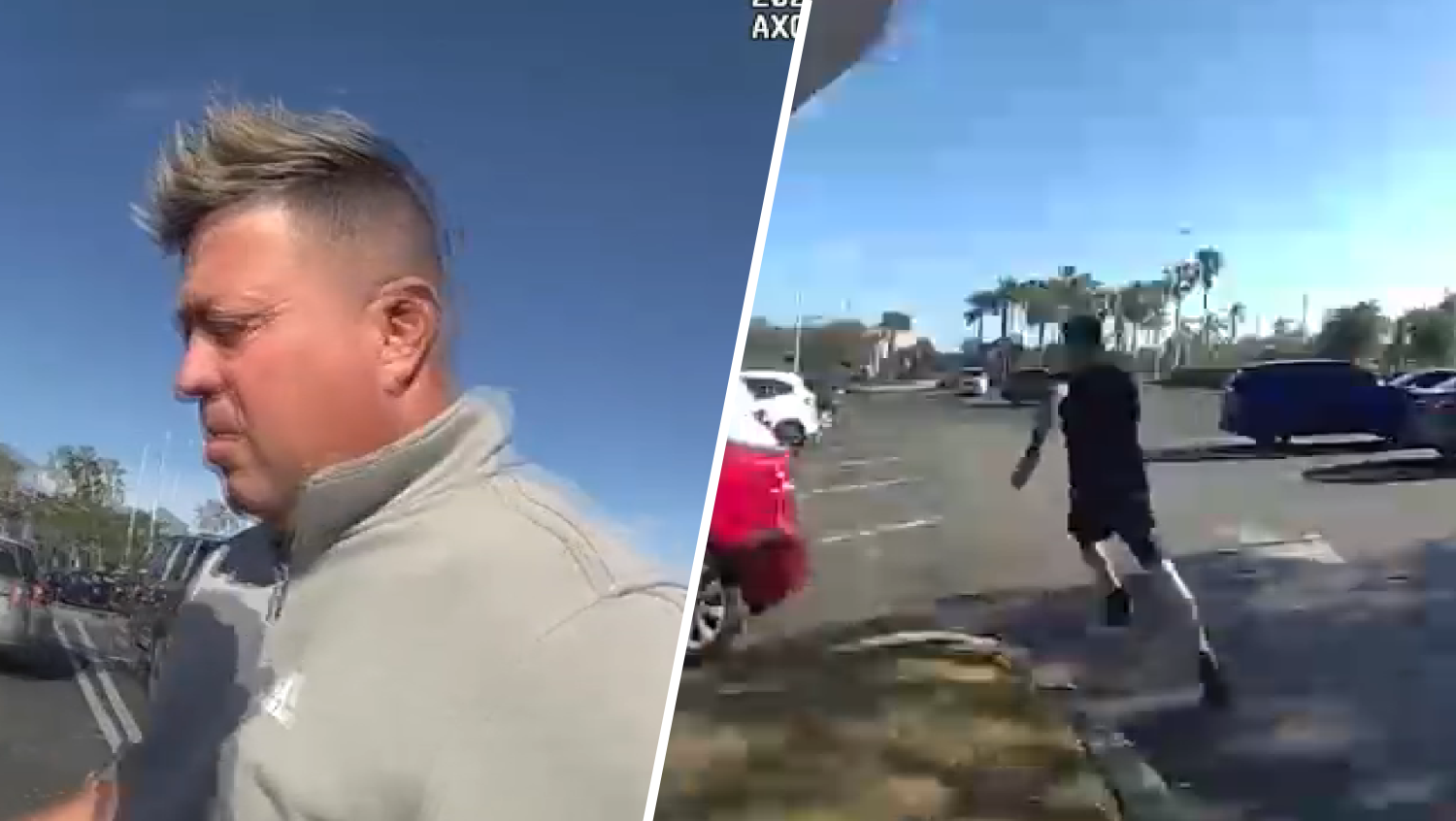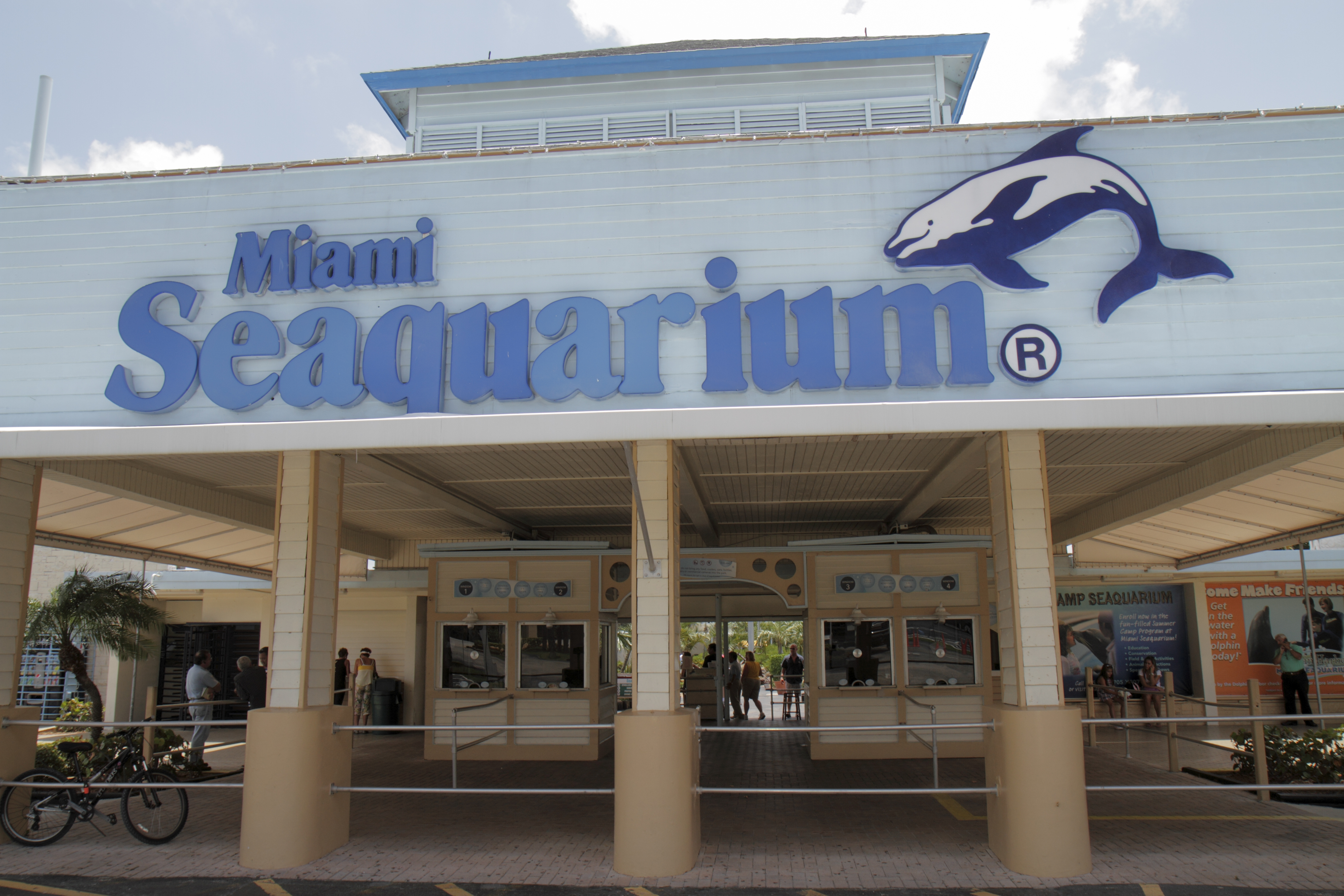Adrian Lynn's friends from the 54th Street Ministries couldn't be happier to welcome him back. The last time they saw Lynn, he was being taken away in a rescue truck after collapsing at church on August 15th.
His daughter, Tavium, was with him.
“I have faith but I was looking at reality," she said. "I saw what I saw. I saw no life. I saw death on him.”
Lynn has no recollection of what happened but says “one of the nurses told me somebody, one of the members of the church, said she performed CPR until the paramedics got there."
Local
Lynn was leading the congregation in song when he dropped to the floor in cardiac arrest. When they called 911 for help, they were given specific instructions “not to give him mouth to mouth resuscitation but to press on his chest and continue to do it gently and slowly and soon someone would be here to assist us in reviving him,” said Anthony Neal, who helps in the church.
In a new study in the Journal of the American Medical Association, Compression Only CPR in adults was found to have a significantly higher survival rate, compared to the traditional method.
Dr. Cameron Dezfulian is the University of Miami doctor who treated Lynn at Jackson Memorial Hospital. He said it’s easy to do Compression Only CPR.
“The mark of where to put your hands is between the nipples, with a woman it might be more difficult but generally in the middle of the beginning of her cleavage is the right spot. You want to put the heel of your hand there the other hand on top go to a depth of about one and a half or two inches, then completely release.”
Dr. Dezfulian said a simple way to remember how fast to do the compressions is to think of the Bee Gee’s song “Staying Alive”.
You can also download an app from the American Heart Association with easy instructions.
No doubt Compression Only CPR helped save Lynn's life. He was hospitalized at Jackson for five weeks, and on Wednesday, he'll undergo another procedure.
"They’re supposed to put a defibrillator in so that if it happens again it will shock my heart and get the rhythm back,” Lynn said.
No singing or preaching though for the next six months.



